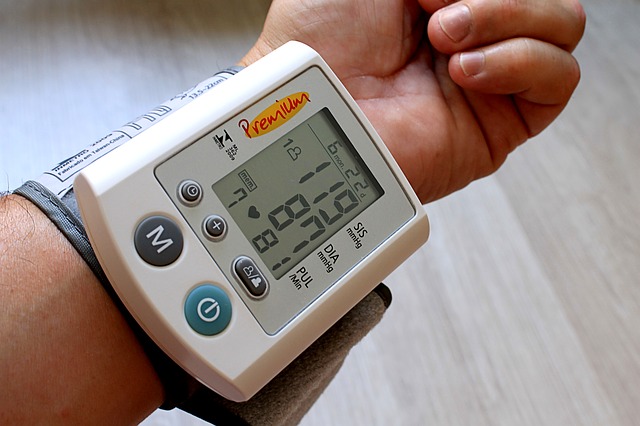Your vital signs are an important indicator of your health. They measure functions of your body including your heart rate, breathing rate, blood pressure, and temperature. In many cases, your weight can also affect your vital signs and indicate a need to work with your healthcare team to manage your health.
Healthcare providers routinely check vital signs to assess a patient’s health status and monitor the progress of their treatment plan. However, it’s also encouraged that you check your own vital signs at home, too.
Measuring Your Vital Signs
Checking your vital signs regularly can help you detect potential health problems before they occur or worsen. Below, we cover what the primary vital signs are and how you can measure them.
Temperature
Normal body temperature can range from 97.8 degrees F to 99 degrees F for a healthy adult. The average is around 98.6 degrees F. You can take your temperature by using an oral thermometer, rectal thermometer, axillary (under the arm) thermometer, or special thermometers for the ears and skin.
A higher temperature can indicate you have a fever and your body is working to fight off infection. A lower temperature can indicate stress to the body due to cold weather, some infections, certain health disorders, or shock.
Heart Rate
Your heart rate is the number of times your heart beats per minute. As your heart pushes blood through your arteries, the arteries expand and contract. Measuring your heart rate can show you not only your heart rhythm, but also the strength of your pulse.
The normal range for healthy adults is from 60 to 100 beats per minute (bpm). Those who are extremely physically active may have a lower heart rate. For the average person, a heart rate on the higher side can indicate:
- Illness
- Injury
- Emotions (stress, anger, anxiety)
- Bursts of intense physical activity
You can measure your heart rate easily by checking your pulse via your wrist, the side of your neck or the inside of your elbow. Track how many times you feel your heart beat within 60 seconds.
Blood Pressure
Your blood pressure measures the force of your blood pushing against your arteries as your heart contracts and relaxes. It uses two numbers:
- Systolic Pressure – Top number (pressure inside the artery when the heart contracts and pumps blood) measured in mm HG
- Diastolic Pressure – Bottom number (pressure inside the artery when the heart is at rest and filling with blood) measured in mm HG
High blood pressure and excess weight are closely linked. A high blood pressure can put you at risk for heart attack, heart failure, or stroke. Here are the below ranges most commonly referred to for measuring blood pressure:
- Normal BP – Systolic is less than 120; Diastolic is less than 80
- Elevated BP – Systolic is 120 – 129; Diastolic is less than 80
- Stage 1 High BP – Systolic is 130 – 139; Diastolic is 80-89
- Stage 2 High BP – Systolic is 40 or higher; Diastolic is 90 or higher
You can measure your blood pressure using a home device which you can purchase at almost any grocery store or pharmacy. They range in prices depending on style and additional features. Many pharmacies and grocery stores also have in-store machines that measure your blood pressure as well as your weight, heart rate and risk for diabetes.
Breathing Rate
Your breathing rate (or respiration rate) is the number of breaths you take per minute, usually measured at rest. A high breathing rate may indicate fever, illness, stress or anxiety, and other medical conditions. A normal breathing rate for a healthy adult at rest ranges from 12-16 breaths per minute.
Putting it All Together
Measuring your vital signs on a regular basis is an important part of being proactive with your health. These measurements can tell you a lot about your body and the effectiveness of your treatment plan.
You do not have to wait to visit your healthcare team to have your vital signs checked. There are a number of simple and affordable devices available that you can find at your local pharmacy or grocery store. Certain measurements you can also take on your own, such as pulse rate and breathing rate.






